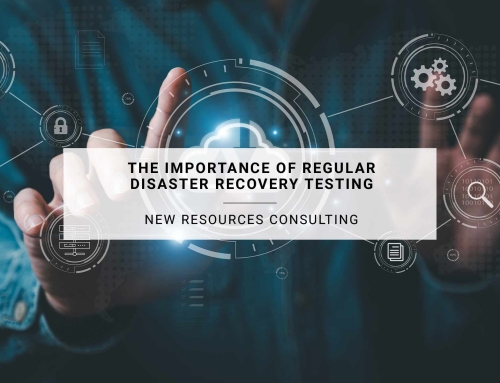When covering millennia of history, it’s wise to start with a recap. This series of articles explores the intersection of Accounting Information Systems (AIS) and AI. Often, we must look backward to understand our vector forward. With this in mind, we consider how and why previous technological developments changed the accounting profession, hoping this retrospective will illuminate the nearly infinite possible futures for the profession as it converges with AI.
The first article in this series (AI and Accounting Information Systems: A Historical Perspective) points out that Pacioli’s double-entry accounting method was, in itself, an accounting information technology, built on the substrate of another technology: base-10 Arabic numerals.
We then reviewed how another technology, the Gutenberg press, popularized Pacioli’s methods among 15th-century merchants.
This historical perspective confronts us with a surprising yet somehow intuitive fact. Accountants, as such, did not exist prior to Pacioli’s Summa being distributed via the printing press. A syllogism emerges: it’s nearly impossible to overstate the impact of technology on the accounting profession, because Accounting Information Systems (a technology) spawned the profession itself.
Here, we must pause and take care.
If a mere method (double-entry) proliferated by a communication mechanism (the printing press) could not only disrupt a profession but, in fact, create it, will AI not certainly upheave the profession in ways we cannot imagine? History tells us, not necessarily.
We might have expected the first mechanical calculators to have done so, but they were never viewed as anything more than feats of engineering. The nascent profession rejected them.
With this in mind, let’s look at the next key events in the timeline. How do we place our bets?
For starters, history quickly informs us that the 19th century again introduced the mechanical calculator. Xavier Thomas de Colmar invented the Arithmometer during this period. We know how the profession treated Leibniz’s and Pascal’s machines: cool as demonstrations, but not worth adopting. Here we go again? On the contrary, the Arithmometer boasted relative ease of use, low cost, and reliability. It spawned huge market demand and increased the efficiency and accuracy of calculations. It also influenced a generation of competing adding machines.
Why did the Arithmometer catch on when its more novel predecessors failed? We must look at the waters in which it swam. At the time he was inventing, Adam Smith had already laid the groundwork of modern economic theory, and the industrial revolution was well under way. Industrialists understood the division of labor to be an engine driving growth. The factory relied on it. This required specialized back-office labor to understand the accounting of costs, particularly in manufacturing inventory; we see the dawn of Material Resource Planning and its descendant Enterprise Resource Planning during this era. The accounting profession specialized as sub-ledgers tracked detailed information such as accounts receivable, accounts payable, and inventory, while the general ledger provided only their summary. The adoption of this specific technology involved a convergence between applied sciences and what Durkheim would later call social facts.
While it would be premature to extrapolate a hypothesis about how disruptive technologies like AI will influence modern Accounting Information Systems and the profession, we can note what history conveys. Against the social backdrop of the Renaissance, Pacioli’s double-entry method, broadcast via the Gutenberg press, took hold among merchants and spawned adept bookkeepers to specialize into proto-accountants. Subsequent mechanical marvels, even backed by names like Leibniz and Pascal, fell flat only to see their less sophisticated but more effective descendants, the Arithmometer, flourish a century or two later. Then, in the economically roiling sea that was the industrial revolution, the accounting profession incorporated the division of labor and mechanical devices to optimize computation.
It’s too early to say, but it may be that technological disruption tends to involve a combination of scientific advancement and social phenomena. To see if there may be a pattern that will give us a reasonable perspective on what AI technology will bring, we’ll need to inch forward toward the 20th century.
To be continued.









